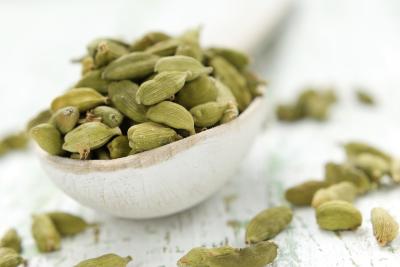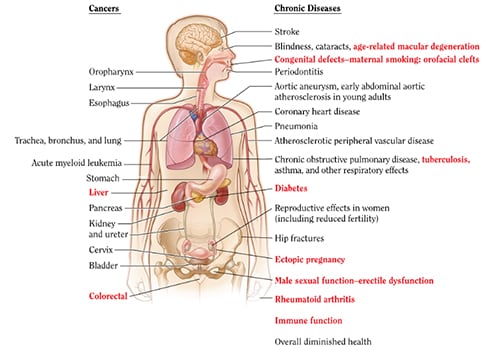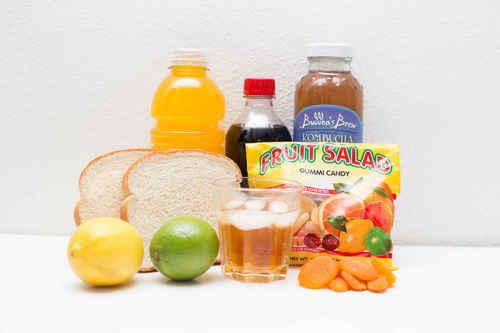“If you are cold, tea will warm you.
If you are heated, it will cool you.
If you are depressed, it will cheer you.
If you are excited, it will calm you.”
William Ewart Gladstone: (1809-1898) Prominent nineteenth century British politician.
Chai is a delightful blend of tea, herbs, and spices which has been prepared for centuries in India to promote health and peace of mind, enhance digestion and immunity, as well as, reduce inflammation. This beverage has antioxidant properties and may also provide antibacterial and anti-cancer benefits, according to some studies. Chai is made in different ways, depending on the region where it is being consumed, but there are a number of standard ingredients: black tea, ginger, cardamom, cinnamon, fennel, clove and black pepper. When analyzing chai’s health benefits, it’s important to examine each ingredient in turn. Though they act synergistically to increase each other’s benefits, the separate botanical components have powerful health benefits on their own:
- Black Tea: Black, green, white, oolong, and pu-erh teas are all derived from the Camellia sinensis plant, a shrub native to China and India. These teas are virtually calorie-free and contain many micronutrients, including vitamins and minerals (folate, trace amounts of choline, potassium, magnesium, and manganese), as well as, unique antioxidants called flavonoids and substances linked to a lower risk for heart disease, cancer, and diabetes. Research has shown that black tea may help reduce the risk of cardiovascular disease and stroke, protect lungs from damage due to exposure to cigarette smoke, and have anti-viral and anti-cancer properties. Black tea has the highest caffeine content and forms the basis for flavored teas like chai, along with some instant teas.
- Ginger: An important root used in Eastern medicine, ginger aids digestion, reduces nausea, improves circulation and immunity, and reduces inflammation which can be especially helpful for people suffering from arthritis. Some research has shown that ginger offers antioxidant and anti-cancer properties.
- Cardamom: A perennial plant native to the evergreen forests of southern India, cardamon is one of the oldest known spices and popular as a medicinal plant in Sri Lanka, India and the Near East. This peppery, citrusy spice is commonly used in Indian cuisine but has also been used in Ayurvedic medicine as a treatment for mouth ulcers, digestive problems, and even depression. Text of this ancient healing tradition (Ayurveda) indicate that cardamom tea has been used after meals to enhance digestion for about 5,000 years! Found in virtually every Tibetan medicine formula, cardamom aids digestion and immunity, helps detoxify the body, improves circulation, and may also fight respiratory allergies. The medicinally active components are found in the seeds, which can be dried and steeped in hot water to make cardamom tea.
-
Cinnamon: Provides fiber, manganese, and calcium, as well as, antibacterial, anti-inflammatory, and antioxidant support, and aids digestion. Cassia cinnamon may lower blood sugar in people with diabetes. Cinnaldehyde (also called cinnamic aldehyde) in cinnamon helps prevent unwanted clumping of blood platelets.
-
Clove: Offers antibacterial, anti-inflammatory, antioxidant support, aids digestion, and has analgesic (pain relieving) properties which may help alleviate ulcer pain.
-
Fennel: Provides antioxidants, Vitamin C, potassium and fiber, and has demonstrated some anti-cancer properties.
-
Black Pepper: Offers antibacterial and antioxidant support, promotes digestive health, and helps prevent formation of intestinal gas.

Cardamom Photo Credit YelenaYemchuk/iStock/Getty Images
The following recipe is quite simple to prepare at home:
Servings: 2
Ingredients:
- Milk – 1 cup
- Water – 1 cup
- Ginger – 1 teaspoon grated (or pounded with mortar and pestle) or 1/4 teaspoon ginger powder
- Cardamom – 2 whole pods, pounded, or 1/2 teaspoon cardamom powder
- Sugar, honey, or agave syrup – to taste
- Tea – 2 teaspoons loose tea leaves or 2 tea bags
Directions:
- In a small pot, add water and grated ginger. Bring this to a boil.
- Add milk and allow it to come to a boil, stirring in between to prevent any sticking or burning.
- Stir in tea leaves and bring to a rolling boil.
- Turn off stove, add cardamom powder, cover pot with lid and allow tea to steep for 3-4 minutes.
- Add sugar to taste.
- If using loose tea, pour the tea through a strainer directly into the serving cups.
- Serve the hot chai or adrak chai with Indian snacks like pakoras, samosas, biscuits, or cookies.
Variations:
- You can vary the ratio of milk to water according to your preference.
- If you prefer a stronger tea, allow it to boil a little longer.
- For those of you who must limit your tea intake, note that this recipe is still healthful and delicious when prepared without tea.
{ Comments on this entry are closed }







